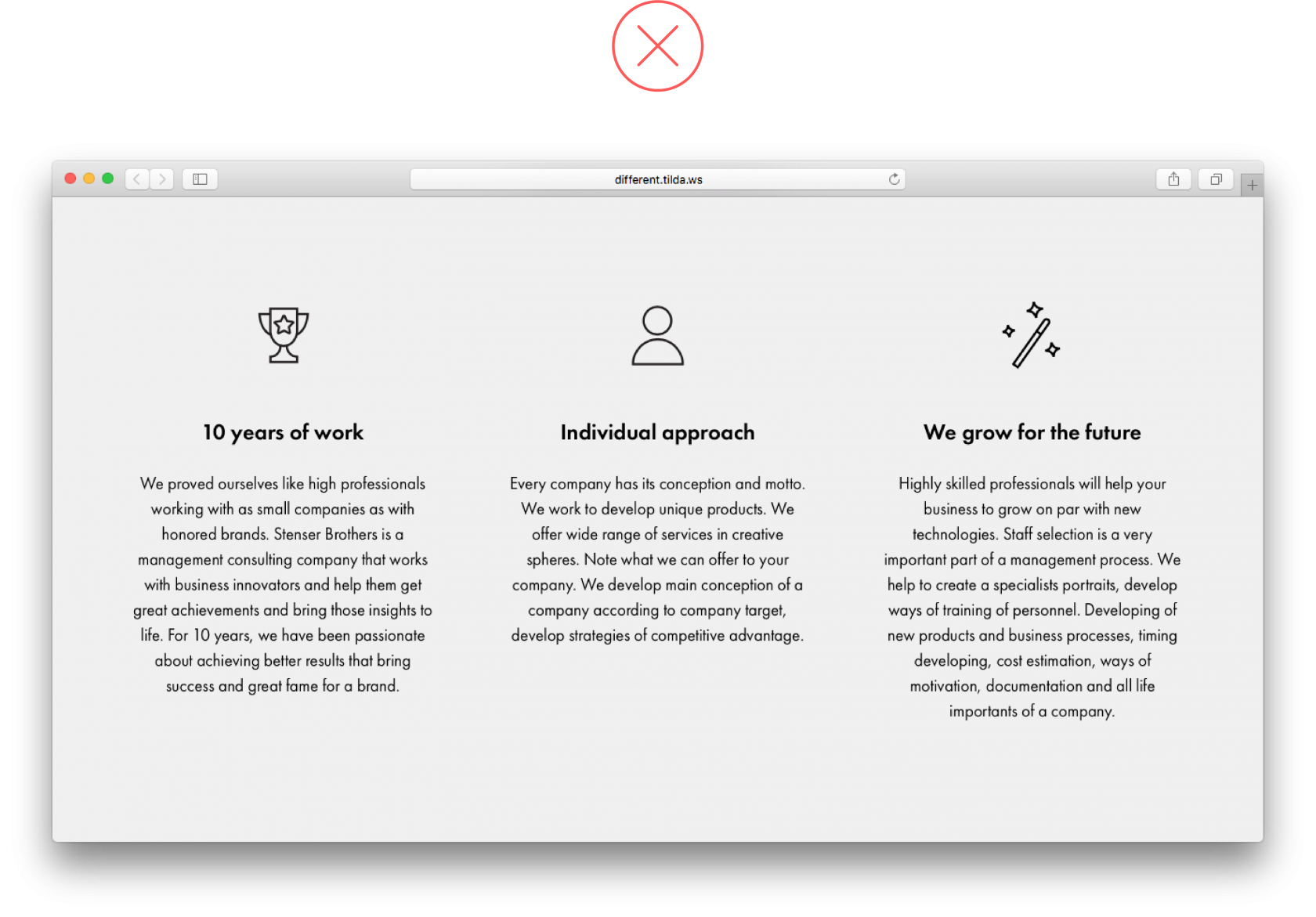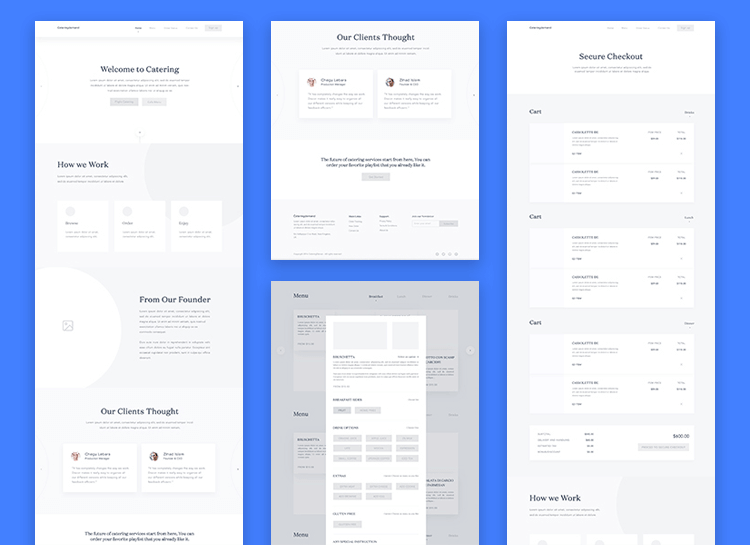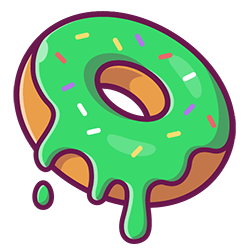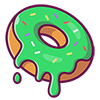“We can sort out the headline, sub-heads and other content later…but if you can put together a WordPress website design like this one for now….” Sound familiar?
It’s one of the most common things I hear as a website designer. And it’s the first thing I usually push back on. Read on for WHY content-first web design is so important and the five problems you’ll encounter if you ‘fill in the blanks later’.

All fur coat and no knickers: why content-first web design is so important
There seems to be a belief from some clients that with the right branding or website design, everything will fall into place. The copy (or sales message) for the home page or key sales pages can be crafted or fine-tuned later to ‘fit’ the design. And the blog and resources you have built (or plan to build) can simply be added in once it’s up-and-running.
“Over 75% of business executives at companies with underperforming new products agreed that a poor value proposition is the root cause.”
A 2008 Siebel research study
Your website is nothing without a solid USP (value proposition) and content strategy
Yet your USP (or value proposition) is what compels people to buy from you. Not a slick website design. You can’t even begin to build an effective website without a carefully thought out USP and content strategy.
An effective USP must not only be UNIQUE. It must be COMPELLING AND RELEVANT to your IDEAL PROSPECTS. And it should be TRUTHFUL.
A great website design should help frame this message and can make all the difference between whether people stay on your site. However, it needs a solid content foundation and needs to be carefully thought out.
If not, you’ll no doubt run into these common problems:
1/
Kill the headline copy, kill the conversion
“On average, five times as many people read the headline as read the body copy. When you have written your headline, you have spent eighty cents out of your dollar.”
David Ogilv, the Father of Advertising
Your headline is your first point of connection with your ideal prospect. If it doesn’t grab their attention and keep them reading, then you’ve wasted your money.
Crafting a killer headline takes time as it’s got a hard job to do. It needs to:
- Grab attention
- Match visitor expectations
- Be clear
- Be succinct
- Highlight a benefit
Making a headline fit a website design template isn’t as easy as making the font smaller or bigger. And if you cut a word or phrase it can kill your conversion – for example, it may no longer be clear, or it might not grab attention.
2/
Benefits sections that don’t line up


Your website should make it easy for visitors to determine why to pick you or your product. Many WordPress website templates, therefore, include a ‘benefits module’ – usually three or four columns that each highlight a key benefit with the use of a headline, icon/image and supporting text.
However, these can be fraught with difficulties:
- You may need four benefits, not three. How will this affect the spacing?
- Will all of the headlines fit? Can they be redrafted without affecting the core message?
- Do you want visitors to click to a further page for more information?
- Would a video ‘play’ button work better?
Working around these issues after the website page has been designed usually leads to endless back-and-forth with the copywriter and marketing teams.
3/
Lack-lustre layouts for blogs
Successful website design focuses on how best to display content format.
For example, do you tend to use a lot of featured quotes or stats in your blog posts? Or maybe you want the ability to add ‘Tweet This’ functions? If so, your designer should include options so that you can bring your blogs to life and make these stand out.
Or maybe your feature lots of listacles? If so, would a gallery-based design work better than a lot of text sub-heads? If you want the ability to vlog on demand and integrate this with YouTube, then you will no doubt want something more than a simple ‘embed YouTube video option’.

4/
Standardised sales page layouts that lose visitors

Many website designers will provide a bespoke home page but sales/services/product pages are based on a template that needs to be tweaked.
So a sales page template may include a header, benefits section, testimonials, then a call-to-action. However, each sales page should be adapted to your website visitor’s stage of awareness and intent within the buying cycle, along with what the barriers or drivers to a sale are at each stage.
If not, your chances of converting those visitors are lost – or reduced significantly.





